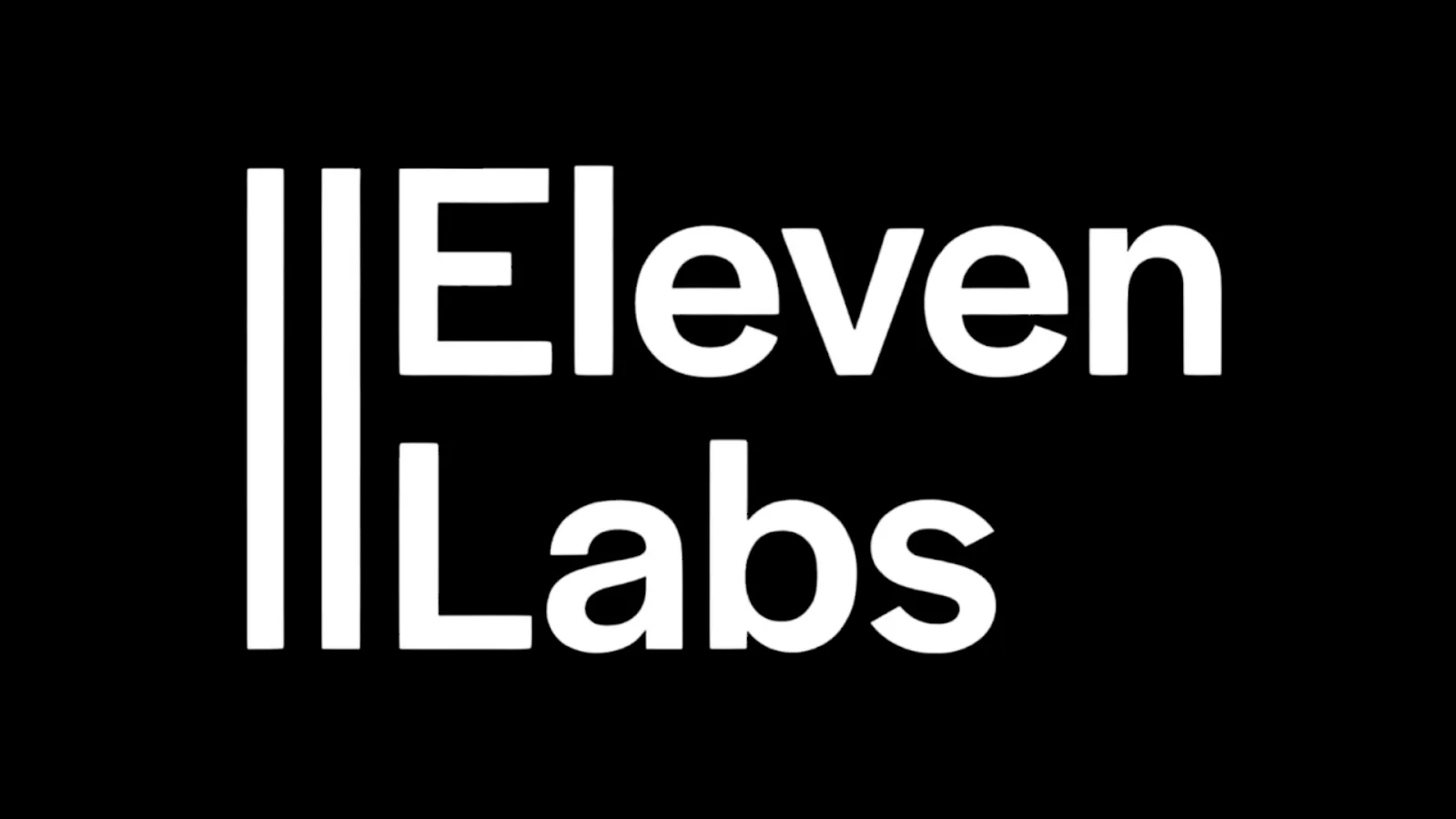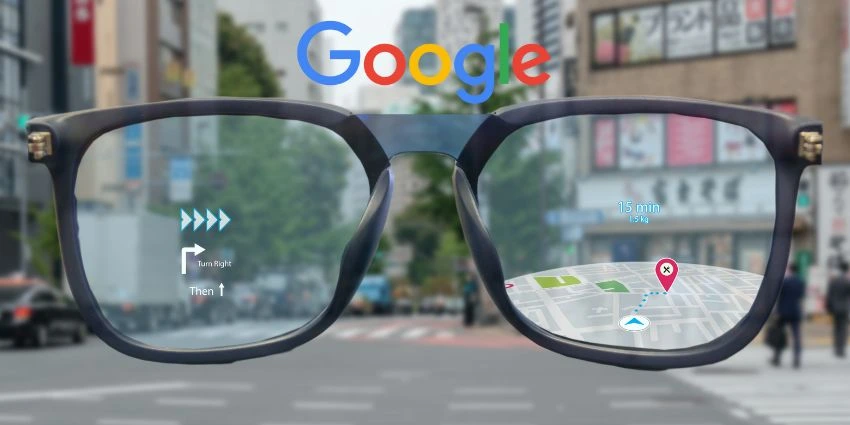You’ve got skills.
But when someone asks, “Tell me about yourself”.. you freeze!
Because you don’t have a job title. You don’t have years of experience.
So how do you talk about what you do have?
Even If You Don’t Have Experience?
“Read the full series from the start – Part 1: From Campus to Career – What Employers Actually Look For”
This is where clarity, storytelling, and self-awareness come in. You don’t need a fancy title to prove your value. You need to know how to frame your skills in a way that feels real, relevant, and confident.
First, Know What Counts as a Skill
Skills aren’t just technical.
They include:
- Communication
- Problem-solving
- Teamwork
- Initiative
- Emotional intelligence
- Creativity
- Adaptability
If you’ve led a group project, solved a conflict, created something new, or helped someone, you’ve used a skill!
If you’ve organized an event, built a reel, written a blog post, or supported a friend through a tough time, you’ve used a skill!
The key is to recognize it. Own it. And learn how to talk about it.
Use the STAR Method
When you talk about your skills, use this simple structure:
- Situation: What was happening?
- Task: What was your role?
- Action: What did you do?
- Result: What changed because of you?
Example:
“During a group project, our team was stuck on how to present our findings. I suggested a visual format, created the slides, and helped rehearse. We ended up getting top marks and I realized I enjoy simplifying complex ideas.”
That’s communication, initiative, and creativity.. all in one story.
Another example:
“I volunteered with a local NGO to help organize a youth workshop. I coordinated logistics, handled registrations, and supported the speakers. The event ran smoothly, and I learned how to manage pressure and communicate across teams.”
That’s teamwork, problem-solving, and leadership.
Don’t Just List.. Show Them!
– Instead of saying “I’m a good communicator,” say:
“I led a campus event with 50+ attendees and coordinated with three departments.”
– Instead of “I’m adaptable,” say:
“When our team lost a member last-minute, I took over their role and helped us meet the deadline.”
– Instead of “I’m creative,” say:
“I started a blog to simplify business concepts for Gen Z readers. It now has over 1,000 views.”
Stories stick. Lists don’t.
What If You’re Still Figuring It Out?
That’s okay.
You can say:
“I’m still exploring my strengths, but I’ve noticed I enjoy organizing, simplifying ideas, and helping others feel heard.”
That shows self-awareness. And that’s a skill too.
You don’t have to pretend to be perfect. You just have to be honest, reflective, and willing to grow.
Where to Use These Stories
- In interviews
- On your CV or LinkedIn
- In your portfolio
- When networking
- Even in your Instagram bio or reels
Every platform is a chance to shape your narrative.
If you’re applying for internships, freelance gigs, or student-led roles, these stories help you stand out. They show that you’re not just waiting to be hired, you’re already building.
Bonus Tip: Match Your Skills to the Role
Before any interview or application, read the job description carefully.
Pick 2–3 skills they mention, and think of stories that show you’ve used those skills.. even in informal settings.
For example, if the role asks for “initiative,” you could say:
“I noticed our campus didn’t have a mental health resource list, so I created one and shared it with student groups.”
If they ask for “teamwork,” you could say:
“I worked with three classmates to build a prototype for a tech competition. We divided roles, supported each other, and made it to the final round.”
This shows alignment. It shows intention. It shows that you’re ready.
Final Thought
You don’t need a job title to talk about your skills.
You need clarity.
You need stories.
You need the confidence to say:
“Here’s what I’ve done, and here’s what I’m ready to do next.”
Start practicing. Start documenting. Start sharing.
Because your skills are real. And your story deserves to be heard.
Read Part 5 of the series:











